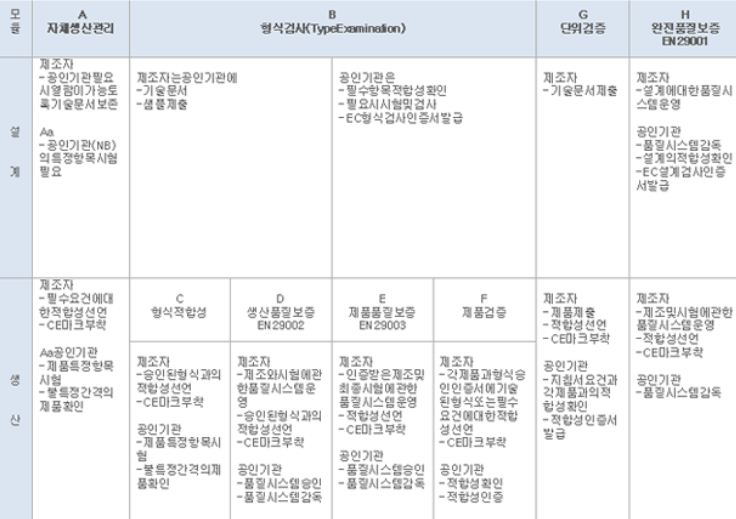

Its title is a declaration and not a certificate.Some common examples of which are included in the following list: Note: Always refer to the applicable Product Legislation for the specific requirements for the Declaration.Įven though the layout of the document is straight forward it is easy to make mistakes in the detail of the content. Where applicable, the notified body (name, number) performed (description of intervention) and issued certificate (certificate number). References to the relevant standards used (or references to the specifications in relation to which conformity is declared:ħ. – Electromagnetic Compatibility Directive (2014/30/EU)Ħ. The object of the declaration described above is in conformity with the relevant Community harmonisation legislation: Object of the declaration (Description allow identification of product for traceability purposes and could include a photograph where appropriate):ĥ. This declaration of conformity is issued under the sole responsibility of the manufacturer (statement).Ĥ. Name and address of the manufacturer (or authorised representative):ģ. No … (Unique identification of the product)Ģ.

The essential layout of a declaration (based upon the new 2016 Directive) can be seen in the example declaration below:ĮXAMPLE – EU DECLARATION OF CONFORMITY – EXAMPLEġ. The specific details required of a Declaration for a Directive or Regulation can typically be found in the appendices of the relevant legislation. There are also a couple of variations to the title, for example the Construction Products Regulation uses the title ‘Declaration of Performance’ and whereas the Machinery Directive uses the title ‘EC Declaration of Conformity’ for completed machines (newer Directives use the letters ‘EU’ instead of ‘EC’ as quoted in the Machinery Directive) and ‘Declaration of Incorporation’ for partly completed machines. An example of these variations can be seen in the Safety of Toys Directive, which requires a colour picture of the toy to be included on the Declaration, whereas other Directives allow it to be voluntary option. Therefore it is always important to refer to the relevant legislation and to pay attention to the detail. It is a simple process to generate a Declaration and whilst the purpose of the Declaration is the same, there can be minor variations to the requirements under different Directives and Regulations. This article gives some guidance on creating the document and avoiding simple mistakes. The ‘EU Declaration of Conformity’ (which is the most common term used in CE marking) is a document confirming that the product is placed in the market in accordance with the relevant product legislation. Producing a Declaration is one of the integral tasks involved in CE marking a product or machine.


 0 kommentar(er)
0 kommentar(er)
